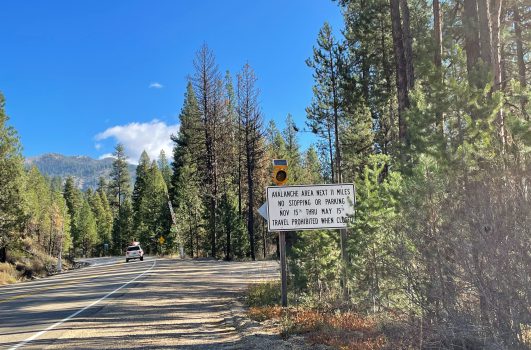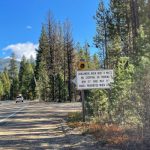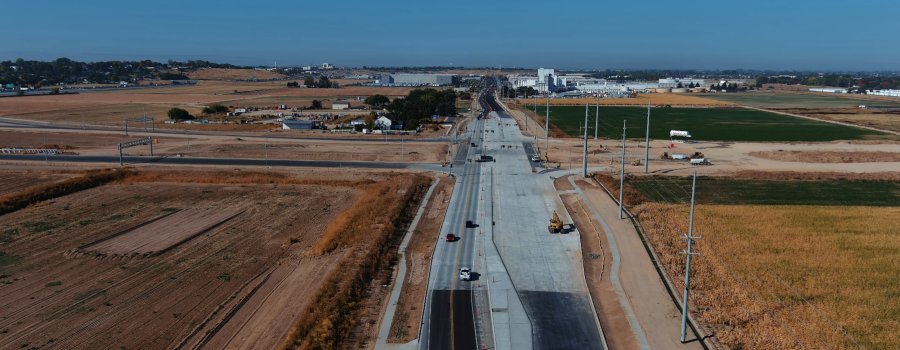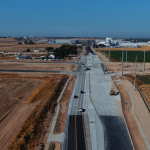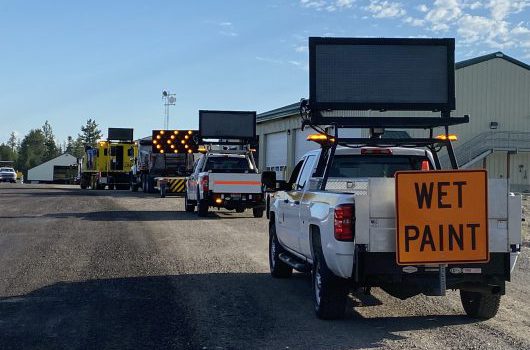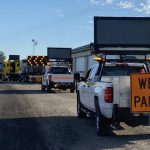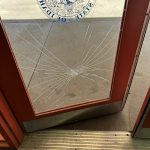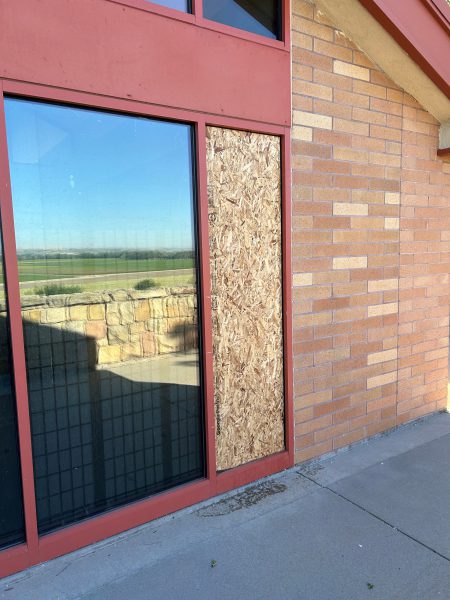Four cows killed on SH-51 in last month. Drivers need to stay alert when driving on open range
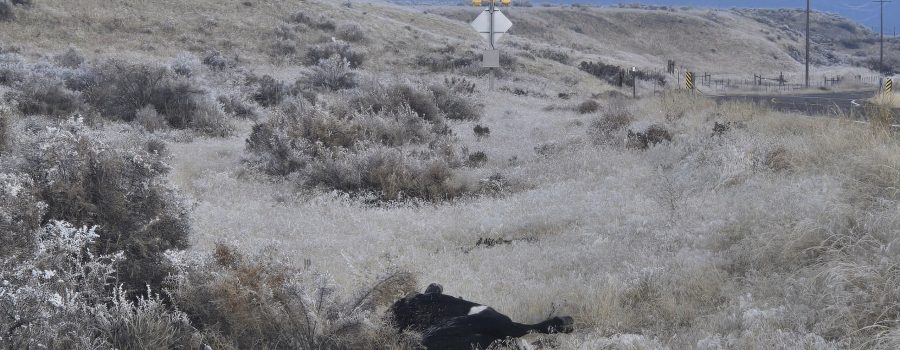
There are 14 open range signs on State Highway 51 from the Nevada border to north of Bruneau that flash when cows are near the highway. Despite these flashing alerts, livestock continue to be hit on this stretch, with four cows struck and killed in the past month alone.
Wilmer Biggs, a transportation technician with the Bruneau maintenance crew, says the highway serves mainly local traffic with drivers who could use a reminder of how collisions can affect them and the livestock. Biggs noted black cows are especially vulnerable to being struck because they are harder to see at night.
“I have come out the next morning after a cow was hit, and the baby is still standing by its dead mom,” Transportation Technician Wilmer Biggs said. “It’s tragic and can be avoided by slowing down and realizing this is an open range area. Drivers need to plan for cattle to be on this highway.”
Tips for driving in open range areas:
- Reduce speed at night: Visibility is limited, and black cows can blend into the darkness.
- Stay alert: Look for reflective eyes or movement near the road.
- Plan ahead: Assume cattle may be present, especially in known open range areas.
Biggs previously transformed advisory signs from a defunct federal radio alert system into flashing open range signs and hopes to convert more in the future. Read more here.
Open range cattle can be found on SH-51 and other Idaho highways year-round. Idaho is an open range state, meaning cattle and other livestock have the right of way. If livestock is hit on an open range, the owner of the animal is not liable for damages to the driver or the vehicle. Drivers may be liable for injuries or death of the animal if found to have been negligent.

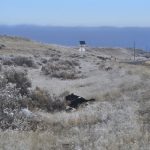
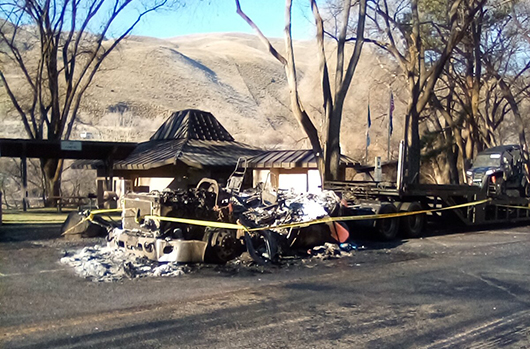
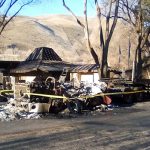




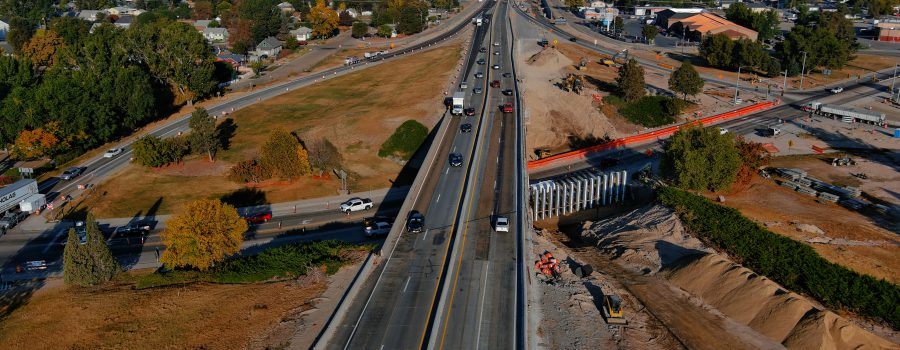



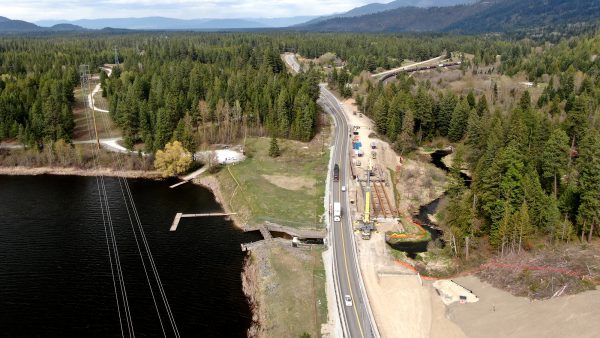

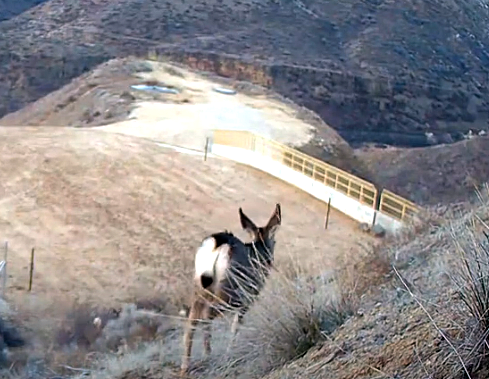 ITD’s Scott Rudel managed the wildlife overpass project, built on State Highway 21 just east of Boise. The $7.5M project constructed a 150-foot long wildlife overpass and more than a mile of big-game fencing parallel to the highway to guide animals to the overpass, significantly reducing wildlife-vehicle collisions on this busy highway section. Improving motorist safety and protecting the well-being of residents and commuters, along with wildlife alike benefits the traveling public, hunting and recreational heritage, and helps sustain the benefits our valuable wildlife resources and public lands provide. ITD wildlife-vehicle crash safety data and Dept. of Fish and Game GPS data determined the location of the overpass by finding where most migrating mule deer and elk crossed the highway. This is the next step in the long-range vision to promote safety, mobility, and economic opportunity along SH-21 between Lucky Peak and Idaho City. The goal is to reduce wildlife collisions in the area by 80%.
ITD’s Scott Rudel managed the wildlife overpass project, built on State Highway 21 just east of Boise. The $7.5M project constructed a 150-foot long wildlife overpass and more than a mile of big-game fencing parallel to the highway to guide animals to the overpass, significantly reducing wildlife-vehicle collisions on this busy highway section. Improving motorist safety and protecting the well-being of residents and commuters, along with wildlife alike benefits the traveling public, hunting and recreational heritage, and helps sustain the benefits our valuable wildlife resources and public lands provide. ITD wildlife-vehicle crash safety data and Dept. of Fish and Game GPS data determined the location of the overpass by finding where most migrating mule deer and elk crossed the highway. This is the next step in the long-range vision to promote safety, mobility, and economic opportunity along SH-21 between Lucky Peak and Idaho City. The goal is to reduce wildlife collisions in the area by 80%.